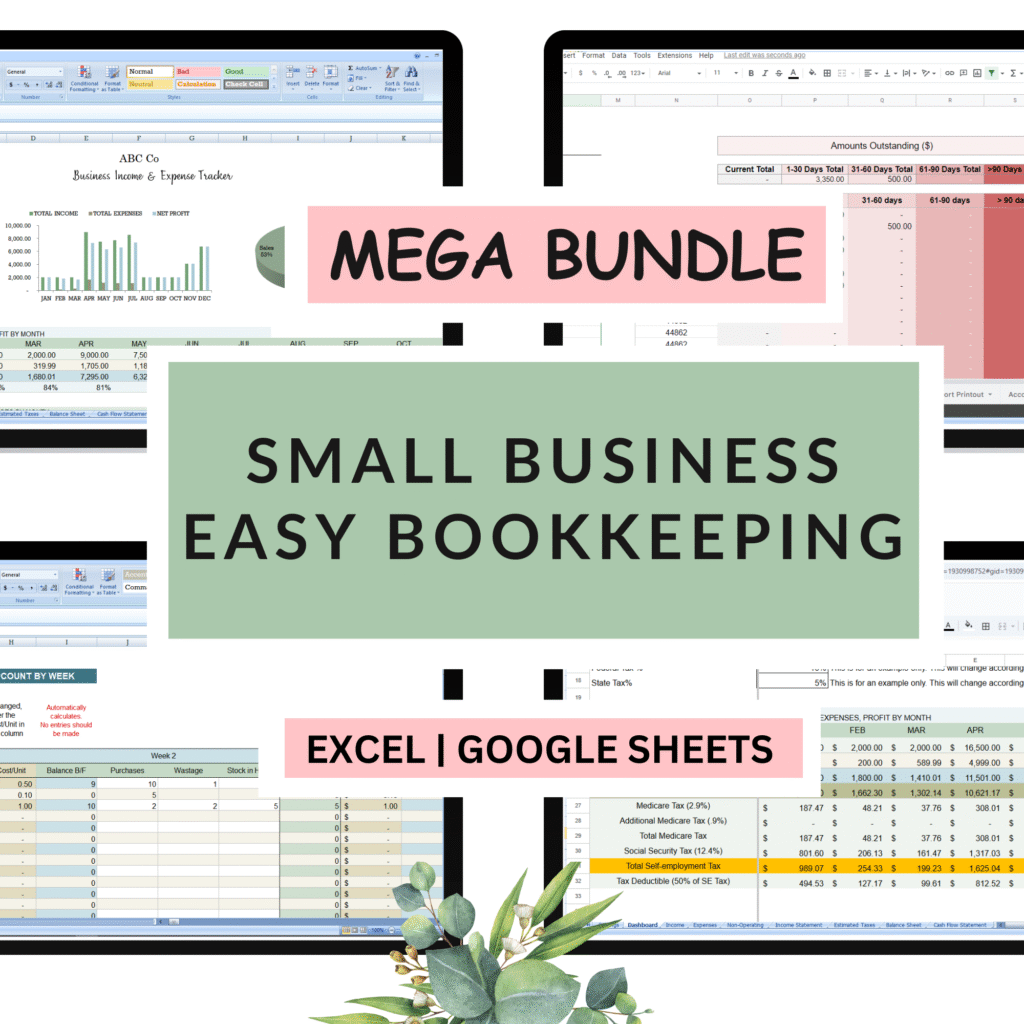As a small business owner, one of the most common questions you’ll encounter is: How do I pay myself? If you operate as a sole proprietor, partnership, or LLC, chances are you’ve heard of the term Owner’s Draw. But what exactly does it mean, how does it affect your books, and what are the best practices for recording it? Let’s break it down.
What is an Owner Draw?
An owner draw is money that a business owner takes out of the business for personal use. This applies mainly to sole proprietorships, LLCs, and partnerships. Unlike a salary or wage, owner draws are not considered business expenses and therefore do not reduce your business’s profit.
Instead, they reduce the owner’s equity in the business. Think of it this way: you are withdrawing your share of the investment and accumulated earnings from the company.
Benefits of Owner Draws
- Flexibility: You can take money out as needed, whenever you need it.
- No payroll taxes: Unlike wages, owner draws are not subject to payroll tax withholding.
- Ease of access: You can withdraw funds without setting up a payroll system.
However, caution is key. Taking too much money from your business can lead to cash flow issues or even negative equity.
Owner Draw vs. Salary or Wages
Here’s the critical difference:
- Salary/Wages → Business expense that reduces profit.
- Owner Draw → Equity withdrawal that does not affect profit.
Example:
- If your business earns $100,000 and you take $30,000 as an owner draw, your profit remains $100,000.
- If you instead took $30,000 as wages, your business profit would drop to $70,000.
How to Record Owner Draws in Your Books
Owner draws should be recorded in your equity account, not as an expense.
Journal Entry Example:
Debit: Owner’s Draw $2,000
Credit: Cash $2,000
At year-end, your total draws are closed out against the Owner’s Capital account. On the Balance Sheet, cash decreases, and equity decreases. Importantly, the Profit & Loss statement is unaffected.
You can easily record Owner Draws with my Mega Business Bundle Bookkeeping spreadsheet without the need for journal entries.

Examples of Owner Draws
- Writing a check from your business account to yourself to cover personal rent.
- Transferring money from your business bank account to your personal account.
- Accidentally using your business credit card for personal purchases (though this should be avoided and properly recorded as a draw).
The best practice? Transfer funds to your personal account first, then use them for personal expenses. This helps keep business and personal finances clearly separated.
Demonstration: Recording Owner Draws in a Bookkeeping Spreadsheet
If you’re using my Mega Business Bundle Bookkeeping Spreadsheet, you can easily record owner draws under the Non-Operating Items tab. For example:
- Enter an owner draw of $1,000 for February.
- It will show up in the dashboard, total summaries, and reduce the owner’s investment in the balance sheet.
This makes it simple to track total draws, contributions, and net impact on equity.
Here’s a video that shows how
Best Practices for Owner Draws
- Record every draw — never treat them as business expenses.
- Transfer funds to personal accounts before spending, rather than paying personal costs directly from the business account.
- Maintain accurate records — keep a separate log or sheet for draws.
- Be mindful of cash flow — don’t withdraw so much that your business runs into trouble.
- Consult a tax professional — if you’re operating as an S Corp or C Corp, distributions and salaries are treated differently.
Final Thoughts
Owner draws provide business owners with the flexibility to pay themselves without complicated payroll processes. However, they must be tracked properly to avoid bookkeeping mistakes and maintain accurate financial statements.
By understanding the difference between owner draws and wages, recording them correctly, and following best practices, you’ll keep both your business and personal finances in order.
📊 Want a simple way to track owner draws? Check out my Mega Business Bundle Bookkeeping Spreadsheet. It’s designed to make bookkeeping easy for small business owners.
Leave a Reply